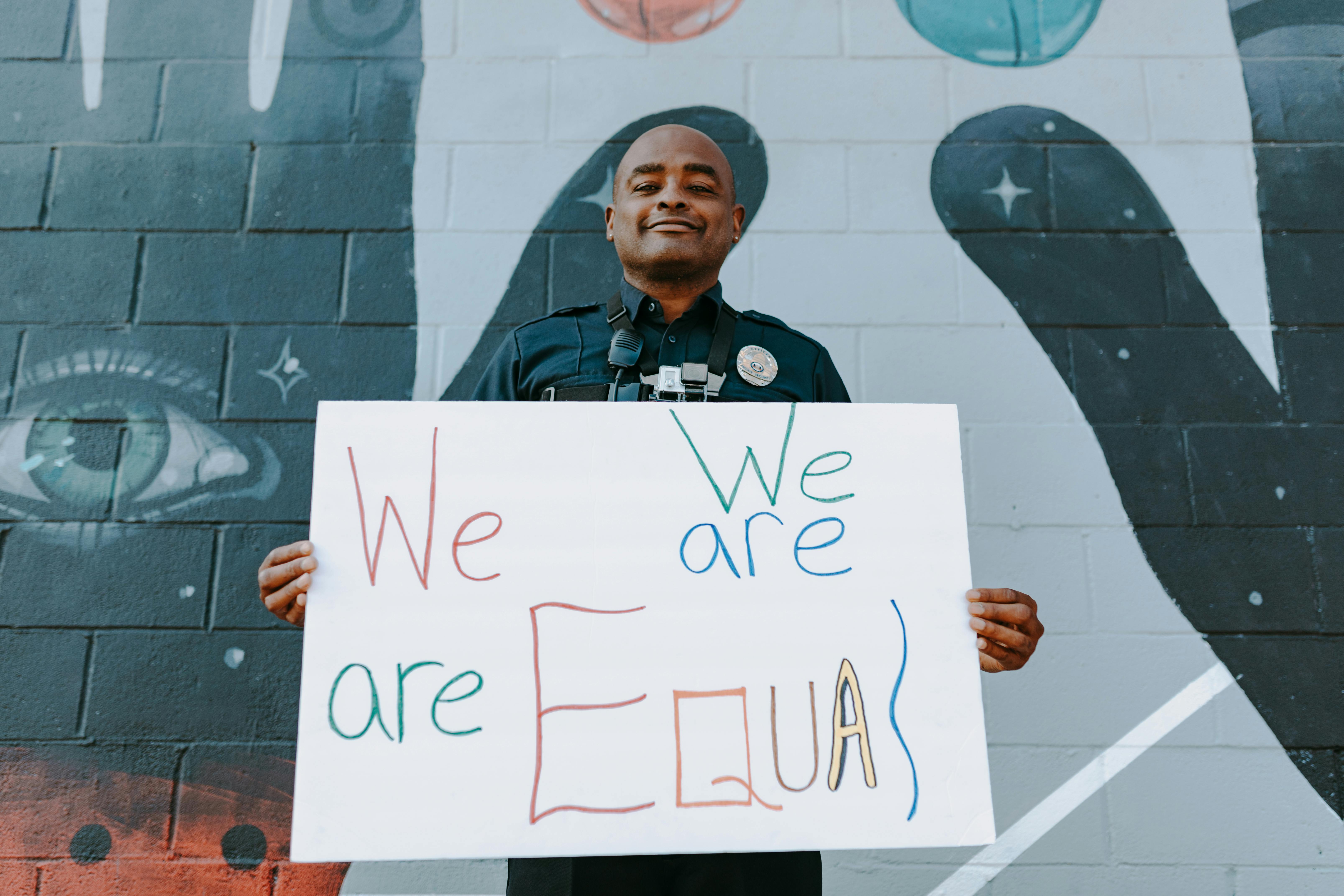
A cover charge to enter the United States
If you were a foreigner who wanted to move to the United States, how much would it be worth to you?
The EB-5 visa program, which was introduced on a pilot basis in 1990 and has been extended several times since, allows immigrants to exchange investment dollars for visas. Foreigners who invest between $500,000 and $1 million in public or private US companies may receive lawful permanent residence in return. Spouses and children of qualified investors also receive visas.
The minimum investment for most businesses is $1 million, but those who invest in designated “regional centers” or establish businesses in economically disadvantaged areas can put up as little as $500,000 to qualify for the program. Investors are required to show that their money created or preserved 10 US jobs after two years.
Even though the program is 20 years old, for most of that time few took advantage of it. The law allows 10,000 EB-5 visas to be issued each year, but in the fiscal year ending September 30, 2008, only 1,443 immigrants received visas through the program. Then, in 2009, the program was “discovered,” according to Demetrios Papademetriou, president of the Migration Policy Institute, a Washington think tank that recently published a report on the visa’s growing popularity. (one)
“What happens with shows like this is sometimes all of a sudden they get discovered and then middlemen start promoting them both here and internationally,” Papademetriou told The Washington Post. In fiscal year 2009, nearly three times as many EB-5 visas were granted as the year before.
In the past, the program was hampered by rules that were inconsistently applied and so complex that few could understand them. But as the enhancements to the program coincided with the recession, companies here and investors abroad rushed to seize the opportunity. In just a few months, the number of certified regional centers increased from 23 to 74.
Regional centers include businesses that promote economic advancement, particularly in less prosperous areas. The Anacostia Economic Development Corporation. in Washington DC, for example, it pursues real estate development projects in the southeastern part of the city, which has the highest unemployment rates in the area.
The EB-5 program helps investors and businesses. It provides a path to permanent residence in the US for foreigners who want a stake in the US, and allows companies that may not be able to promise high rates of return to find investors for their projects. With many in the US still nervous about investing their money in new business ventures, the added push from abroad is particularly important now.
Eric Canal-Forgues, a French law professor and businessman, helped finance the construction of Comcast’s Philadelphia headquarters through his participation in the EB-5 visa program. He expects to receive just a 1 percent return on investment, but after moving his family to Miami, he said, “It was worth it to me.” The program allowed him to move to the country where he wanted to raise his children, while also giving him the opportunity to provide capital to support the development of that country.
It is unfortunate that this program has been almost dormant for so many years, but I am glad to see that it is now out in the open. I hope it continues to grow and that the allocation of 10,000 visas is expanded.
Sense. Patrick J. Leahy, D-Vt., and Jeff Sessions, R-Ala., have endorsed the program. EB-5 visa holders have invested millions of dollars to renovate and build ski resorts in northeast Vermont, providing important support for an economically distressed area. “At a time when we are seeing a lot of our jobs being exported out of the country, this creates jobs in the United States,” Leahy said.
The EB-5 program helps bring immigrants who already have money to invest to the United States, but I think we would also benefit from admitting more immigrants who, although they lack large amounts of money to invest, have the energy, the work ethic and the entrepreneurial spirit necessary to succeed in this country. That kind of human capital is as valuable as money and harder to come by. Immigrants can help transform struggling neighborhoods and regions into vibrant business centers by participating in the economy as consumers and entrepreneurs.
In August, I wrote about my idea for a modern Homestead Act that would give all immigrants, not just those with capital, the chance to build a new life and new economic opportunities in the United States. But in the absence of more sensible immigration laws, we will accept the money.
Font:
(1) The Washington Post: Immigrants invest in US businesses in exchange for visas.